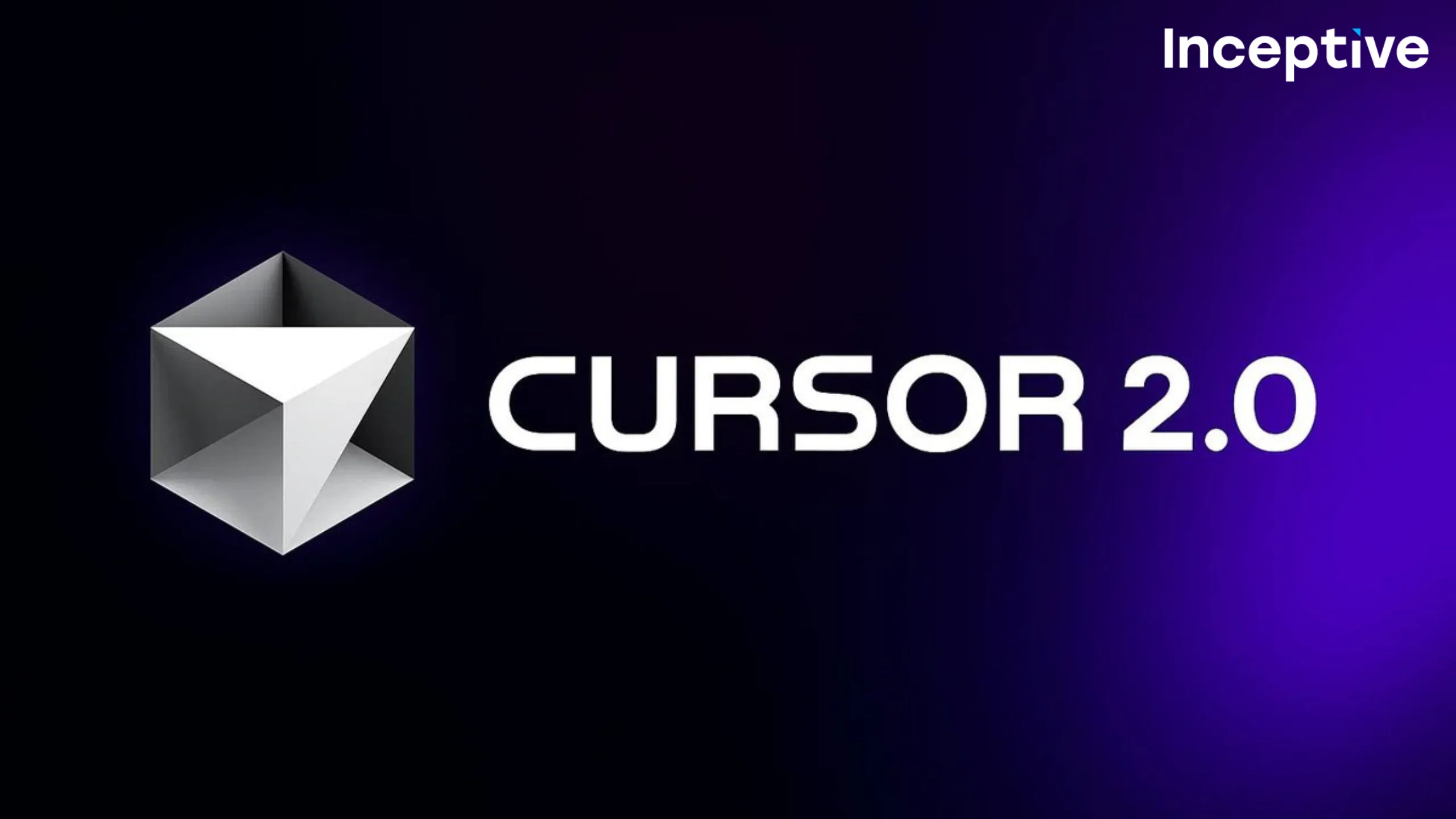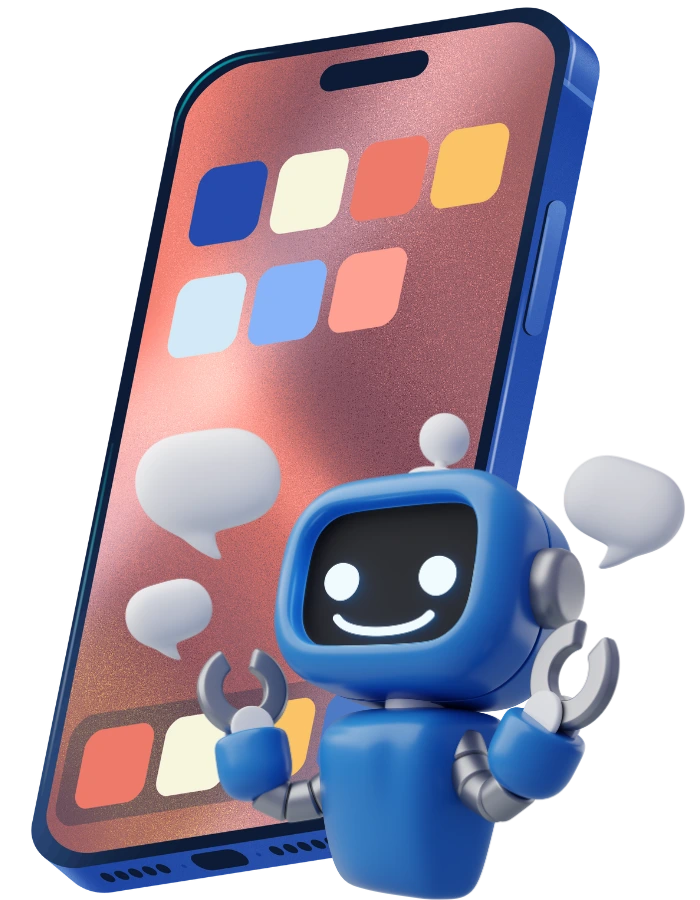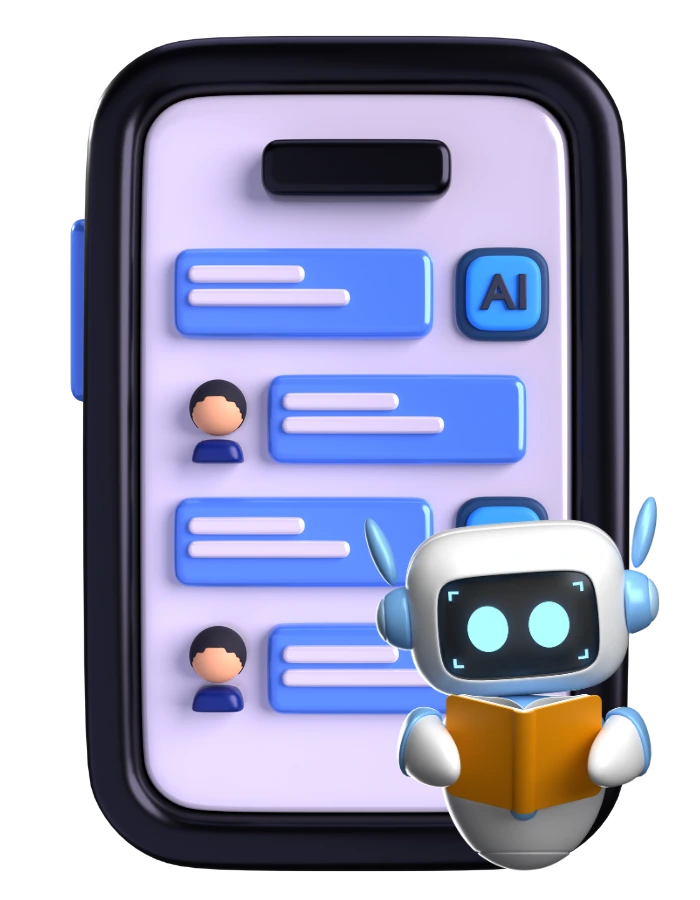In my experience as an engineer tracking the evolution of coding tools, the release of Cursor 2.0 marks a meaningful shift. The platform introduces a new coding model and a revamped UI designed for parallel agents — in other words: the way we build software is being reframed. Below I’ll walk through what these changes mean (technology-wise and practically), how they might impact your workflow, and what caveats to keep in mind.

What’s new in Cursor 2.0?
1. Parallel agent architecture
Cursor 2.0 allows developers to run up to eight agents in parallel on a single prompt. The platform uses isolated worktrees (via git worktrees or remote machines) to ensure each agent works in its own copy of the codebase, avoiding conflicts.
In effect: you can throw multiple “mini-coders” at one issue and compare outputs, rather than relying on a single AI pass. That kind of concurrency is rare in current dev-AI tooling.
2. Composer — the first agentic coding model
Cursor introduces a new model named Composer, optimised for “low-latency agentic coding”. According to the vendor, Composer is “4× faster than similarly intelligent models” and completes most iterations in under 30 seconds.
From a practical point: faster iteration means less idle waiting, and more time refining logic, tests, or reviewing outcomes.
3. Agent-centric UI
The UI is redesigned to focus on agents rather than just files. You’ll see a sidebar listing your agents and their plans. The file-view remains, but the workflow shifts toward “what the agent is doing” rather than “which file am I editing”.
In practice: this can change the way developers interact with the IDE — less manual. The interface aims to let you steer higher-level outcomes while delegating details to the agents.
4. Built-in browser tooling & sandboxing
Cursor 2.0 includes features like:
-
A browser tool embedded in the editor, enabling agents to select UI elements, forward DOM information and test UI flows.
-
Sandboxed terminals on macOS: any shell commands (not allowlisted) will execute in a secure sandbox with restricted networking and file access.
These features show the shift from just “code generation” to “code + test + validation” under one roof.
5. Team & enterprise features
For teams and enterprise contexts:
-
Custom team commands and rules configured centrally.
-
Audit logs of admin events (user access, setting changes).
-
Improved performance for large codebases (using Language Server Protocol enhancements, faster LSP loading for Python & TypeScript) to support big-project use.
These indicate the offering is not just for hobbyists: it’s built for serious dev organisations.

Why this matters: practical implications for development teams
From my professional viewpoint, there are several key take-aways:
-
Speed of iteration improves dramatically. When Composer claims most rounds complete under 30 seconds, that means shorter feedback loops. The equation here is essentially
Iteration time↓ ⇒ Time to value↓\text \downarrow \ \ \Rightarrow\ \ \text \downarrow
Faster iteration enables more rapid prototyping and quicker validation of ideas.
-
Parallelism = diversity of solutions. Running multiple agents at once (up to eight) means you can generate several candidate solutions for a given task, then pick or refine the best. The platform suggests that this improves results especially for harder, multi-step coding tasks.
In other words, generative coding is becoming multi-threaded. -
Shift in developer role. With agents handling more of the "write code" legwork, developers become more like orchestrators: defining goals, selecting agents, reviewing outputs and integrating results. That changes not just tools but mental models.
-
Testing-and-validation baked in. The browser tooling and sandboxed terminals indicate engineers don't just stop at "code generated" — now agents can test UI flows, run commands safely, and help catch issues earlier. This supports a more full-stack view of "code production".
-
Enterprise readiness. With team commands, audit logs, sandboxing and performance improvements for large codebases — I see this as an indicator that major dev shops can take this seriously rather than as toy experiments.
-
Security and review become front and centre. One important stat: independent research found that in many cases "45% of AI-generated code contains security vulnerabilities".The faster and more automated the generation, the higher the risk if review is neglected.
So: for organisations implementing such tools, it's essential to embed strong review, testing and DevSecOps practices.
Use cases and scenarios where Cursor 2.0 shines
From my own work and observations, here are scenarios where I believe Cursor 2.0 could provide strong value:
-
Large legacy codebase refactoring: Because of the semantic search + parallel agents, you can target complex refactors: ask agents to propose multiple solutions, pick best, integrate and test quickly.
-
Agile feature prototyping: Teams can spin up features fast: generate core code, test via embedded browser tooling, review, iterate — all within one system.
-
Code review and multi-module tasks: Instead of manually reviewing dozens of files changed by a developer, you can use agents to propose, iterate, then your team reviews final output — saving time.
-
Team collaboration / standard enforcement: The team commands and rules help enforce standards (e.g., linting rules, naming conventions) across agent outputs automatically — good for governance.
-
UI-heavy applications: If your product includes web front-end heavy work, the embedded browser tooling gives value: agents can manage DOM interactions, validate UI changes, and reduce disconnect between dev/test flow.
Important caveats and what to watch out for
Although the technology is promising, from an engineer's strategic lens I'd highlight these risks:
-
Security and code quality risk: The faster the agent writes code, the greater the risk we skip review. As noted earlier, up to 45 % of AI-generated code may have vulnerabilities.
You must maintain rigorous review, testing and DevSecOps pipelines. -
Over-trusting the agent: Agents can produce plausible code but may miss edge cases or architectural implications, particularly in complex systems (microservices, distributed systems, legacy integrations). You should still review and validate.
-
Parallel agents cost and resource usage: Running multiple agents in parallel may increase compute cost, resource usage or licensing burdens. You'll want to weigh ROI versus cost.
-
Cultural shift required: Developers must adapt from "writing lines of code" to "orchestrating agents and reviewing outputs". This is not just tooling change — it's a process and mindset change.
-
Integration with existing toolchains: Even if Cursor supplies the environment, you'll still need to integrate it with your CI/CD, source control, test frameworks, security scanning, etc. Without this, you risk fragmentation.
-
Vendor lock / model dependency: When you adopt a platform deeply, you may become dependent on the vendor's models, roadmap and ecosystem. Evaluate portability, data privacy, code ownership implications.

Looking ahead: what this signals for the industry
From a broader strategic perspective, Cursor 2.0 reflects several macro-trends:
-
Agent-orchestrated development: The shift is from “developer writes code” to “developer orchestrates agents that write code”. This aligns with predictions that software development lifecycle will compress.
In other words: ideation, implementation, testing, deployment will increasingly merge. -
Velocity/security trade-off intensifies: As tools accelerate output, the risk of insecure or low-quality code grows unless review practices evolve in parallel. The statistic of 45 % vulnerable code is a wake-up call.
-
Parallelism and diversity in AI models matter: Instead of relying on a single “best” model, platforms like Cursor are exploring multiple agent outputs and picking the best. That may become best practice in AI-coding workflows.
-
Enterprise features gain importance: While early AI coding tools focused on individual productivity, we are now seeing more features for teams, governance, auditing and large-scale codebases — indicating mainstream adoption.
-
New roles & perspectives in dev teams: Developers become “agent managers”, “code reviewers”, “integration experts”. The skill set shifts somewhat from purely coding to orchestration, evaluation, integration.
Frequently Asked Questions (FAQs)
1. What is Cursor 2.0 and why is it different from earlier versions?
Cursor 2.0 is the latest release of the Cursor platform, featuring a new agent-centric UI, support for up to eight parallel agents on a single prompt, and a new coding model called Composer which is optimised for low-latency agentic coding.
Earlier versions focused more on file-centric editing and single-agent workflows; this version shifts to outcome-oriented agent orchestration.
2. What is the Composer model and how fast is it?
Composer is Cursor’s proprietary coding model designed specifically for agentic workflows and large codebase understanding. According to the company, it can complete most iterations in under 30 seconds and is about 4× faster than similarly intelligent models.
In practice this means developers can iterate more quickly on code generation and refinement.
3. How do parallel agents work and why is that useful?
Parallel agents allow you to run multiple AI agents simultaneously — each in its own isolated workspace (using git worktrees or remote machines) — solving the same prompt or task. The idea is to generate several candidate solutions, compare them, and select the best.
This is useful for complex, multi-step tasks where diversity of output can lead to better final deliverables and reduce “one-agent bias”.
4. Does this system reduce the need for human code review?
Not entirely. While Cursor 2.0 includes improved review UIs and embedded tools (e.g., browser testing tooling) to help agents validate their work, human oversight remains critical — especially given empirical findings that ~45 % of AI-generated code may contain security vulnerabilities.
5. What should teams prepare for if they adopt Cursor 2.0?
Teams should prepare by:
-
Establishing workflows for agent-orchestrated development (goals → agents → review → integrate).
-
Defining review pipelines and security checks for agent‐generated code.
-
Training developers on agent interaction and oversight rather than purely hand-coding.
-
Measuring metrics (iteration time, defect rate, review burden) to validate ROI.
-
Integrating the platform into existing CI/CD, test automation and version control processes.
Resource Center
These aren’t just blogs – they’re bite-sized strategies for navigating a fast-moving business world. So pour yourself a cup, settle in, and discover insights that could shape your next big move.
What can Cursor 2.0 do for AI-driven software development?
In my experience as an engineer tracking the evolution of coding tools, the release of Cursor 2.0 marks a meaningful shift. The platform introduces a new coding model and [...]
Is Agent HQ by GitHub the Future of AI-Powered Coding?
In our work with software teams and offshore development units, we’ve witnessed how artificial-intelligence tools are gradually transforming the way code is written, reviewed and maintained. With the launch [...]
What are the Top Programming Languages for Generative AI Development?
In the past decade I’ve had the privilege of architecting AI-driven solutions across multiple industries—from upstream processing to logistics optimisation—and one consistent decision point has been choice of programming [...]

